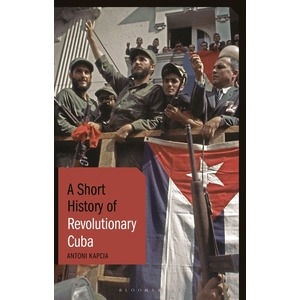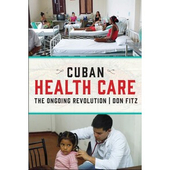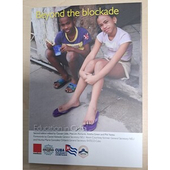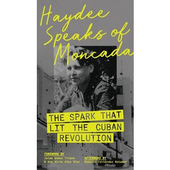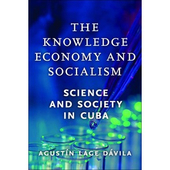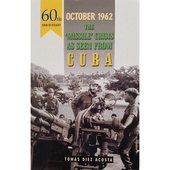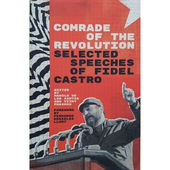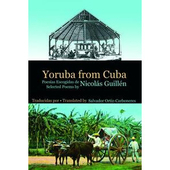Review of A Short History of Revolutionary Cuba
By Antoni Kapcia, Bloomsbury, 2021
Antoni Kapcia is a Professor of Latin American History at the University of Nottingham and has been studying Cuba for 50 years. This book, one of Bloomsbury Academic’s Short Histories series, is an authoritative and scholarly study of the Cuban Revolution from 1959 up to last year. He charts its trajectory through distinct phases or periods, describing in detail how it has developed and constantly redefined itself.
Kapcia adapts a multi-level governance model which he calls the ‘matrix’ to describe how both vertical and horizontal political structures and mass organisations have “variably (i.e. not uniformly, in their character or effectiveness) been either (or both) top-down decision-communicating structures or bottom-up processes of some sort of feedback”. This, alongside constant simultaneous sideways negotiations with parallel structures at national, provincial (after 1976) and local levels, has made the ‘matrix’ the essence of Cuba’s success and longevity. Rather than being monolithic without discussion or disagreements, Cuba has always engaged its citizens with consultations and debates.
Within the vertical process of power, governance and participation, initially the key participants were the guerrillas of the 1953-58 rebellion, members of the communist Peoples’ Socialist Party (PSP) and a handful of special individuals. They guaranteed continuity of ideology, commitment and loyalty and a pool of talent over the years. In 1965 the Cuban Communist Party (PCC) was created, although Kapcia makes the point that initially it was simply a vehicle for that inner circle up to its first Congress (1975).
The horizontal process encapsulating participatory power and mobilisation is exercised through mass organisations, especially the five that predated the PCC – the Committee for the Defence of the Revolution (CDR), Federation of Cuban Women (FMC), Trades Union Confederation (CTC), University Students Union (FEU), and Small Farmers’ Association (ANAP). Add in two other student organisations – representing school students (UPJM) and those in higher education (FEEM) – and potentially all Cubans are included to ensure maximum political socialisation and activity. Given the exodus of Cubans who had been in business or government, these organisations stood in for an emerging state, ensuring that new laws, measures and projects were realised on the ground. The ‘matrix’ is not confined to the local level, with parallel structures also operating at the provincial and national levels. Kapcia describes how Fidel and Raúl both, on occasions, had to negotiate sideways and downwards simultaneously to either compromise or get legitimacy.
With a bibliography of 180 references, Kapcia provides fascinating detail about defined processes of debate: in 1959-1961 over the direction of the Revolution; 1961-62 between the 26 July Movement and PSP leaders and cadres; 1962-65 ‘the Great Debate’; in 1970-75 over how to address the crisis in 1968-70 and how to proceed; in 1986-89 ‘Rectification’; 1990-91 over how to save the Revolution; and then from 2007 over the nature, extent and speed of reforms. What he shows is that “of the Revolution’s 61 years of existence, only around 27 have seen little or no internal discussion and even then, discussion and disagreement were continuing under the surface”.
He ends with Fidel’s famous Mayday speech in 2000, which is as true and relevant today as it was then: “Revolution is a sense of a historical moment; it is changing what needs to be changed.” This book is a valuable insight into how this has happened, what the Cubans have achieved and what they continue to pursue in the name of the Revolution.
Bob Oram for CubaSi Spring 2021 issue. c. CSC.
